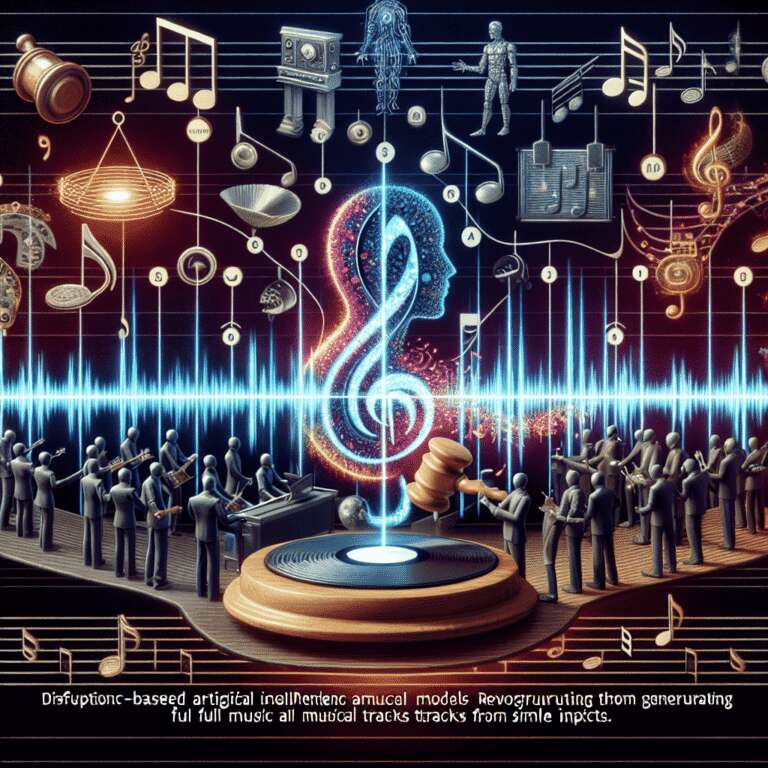When the concept of artificial intelligence was first coined at Dartmouth College in 1956, its pioneers envisioned machines that could not only solve problems but also exhibit creativity. Seven decades later, diffusion-based Artificial Intelligence models are shaking the foundations of creative industries, with music now at the forefront of this technological disruption. These systems, capable of generating realistic and often emotionally resonant songs, blur the line between human and machine artistry, sparking fresh debates about what qualifies as creative output and who (or what) deserves credit.
The process behind these music generators draws inspiration from techniques used to ´de-noise´ images, but instead applies them to musical waveforms. Models like Udio and Suno are trained on millions of labeled sound clips, then work backwards from randomized noise to create full songs according to user prompts — bypassing traditional composition entirely. This innovation has democratized music production, enabling users with no formal musical training to generate tracks in any genre. As a result, a new breed of creators—skilled in crafting prompts rather than melodies—are emerging, amassing significant followings while eroding the conventional boundaries of authorship and originality.
Inevitably, this rise has generated legal and ethical turmoil. Major record labels, including Universal and Sony, are suing Artificial Intelligence music companies for alleged copyright infringement, arguing that diffusion models replicate human art without compensating artists. The U.S. Copyright Office has stepped in, clarifying that works generated with significant human input may qualify for copyright protection—a gray area that remains contentious. Meanwhile, ongoing negotiations suggest licensing and partnerships between Artificial Intelligence firms and music labels could soon become standard, even as lawsuits proceed.
Underpinning the debate is the question of whether machine-made music is truly creative or merely derivative. Some studies equate the mechanisms of Artificial Intelligence models with aspects of human creativity, such as associative thinking and memory. Skeptics, however, argue that machines lack the ability to ´amplify anomalies´—to highlight quirks and surprises in the way great composers do. Listener response is split: while experiments reveal that many struggle to identify Artificial Intelligence-generated music from human-made tracks, lingering discomfort persists, particularly over the loss of narrative and human context. Ultimately, the cultural value of Artificial Intelligence music will be shaped as much by societal attitudes as by legal verdicts or technological breakthroughs.

